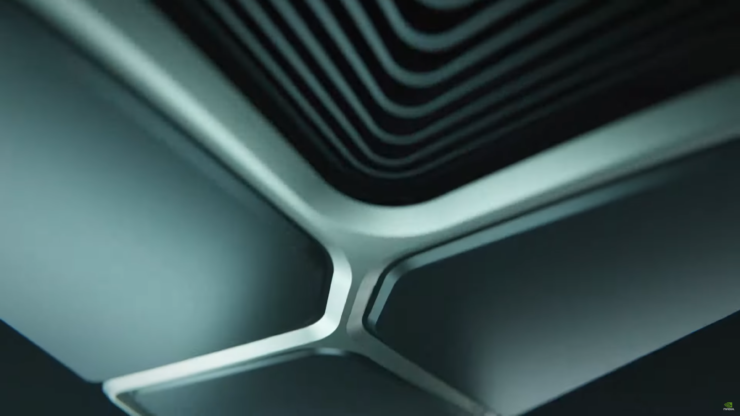- Joined
- Apr 10, 2020
- Messages
- 588 (0.30/day)
RTX 3080
10 GB of GDDR6X memory running on a 320-bit bus at 19 Gbps (memory bandwidth capacity of 760 GB/s)
4,352 CUDA cores running at 1710 MHz
320 W TGP (board power)
-------------------------------------------------------------
FP32 (float) performance = 14.88 ?????????????
RTX 2080TI
11 GB of GDDR6 memory running on a 352-bit bus at 14 Gbps (memory bandwidth capacity of 616 GB/s)
4,352 CUDA cores running at 1545 MHz
250 W TGP (board power)
------------------------------------------------------------
FP32 (float) performance = 13.45
This can't be right, only 10 % rasterization performance gain over 2080TI? I REALY hope Nvidia managed to get some IPC gain due to new node/arch or it's gonna be Turing Deja Vu all over again
10 GB of GDDR6X memory running on a 320-bit bus at 19 Gbps (memory bandwidth capacity of 760 GB/s)
4,352 CUDA cores running at 1710 MHz
320 W TGP (board power)
-------------------------------------------------------------
FP32 (float) performance = 14.88 ?????????????
RTX 2080TI
11 GB of GDDR6 memory running on a 352-bit bus at 14 Gbps (memory bandwidth capacity of 616 GB/s)
4,352 CUDA cores running at 1545 MHz
250 W TGP (board power)
------------------------------------------------------------
FP32 (float) performance = 13.45
This can't be right, only 10 % rasterization performance gain over 2080TI? I REALY hope Nvidia managed to get some IPC gain due to new node/arch or it's gonna be Turing Deja Vu all over again









